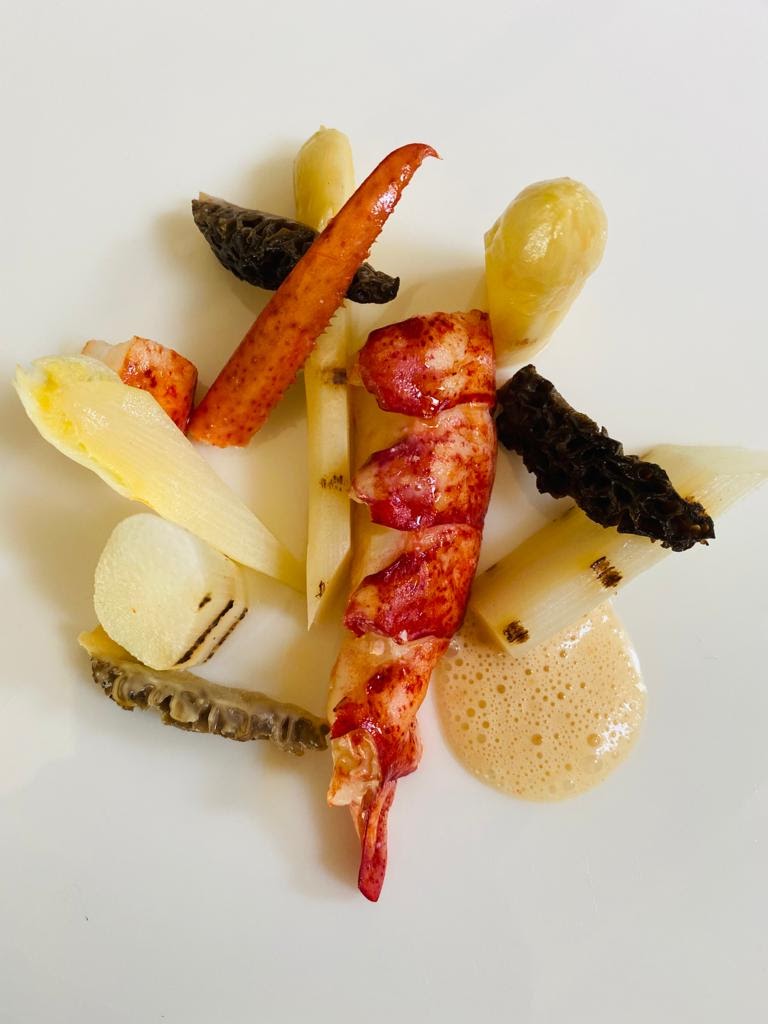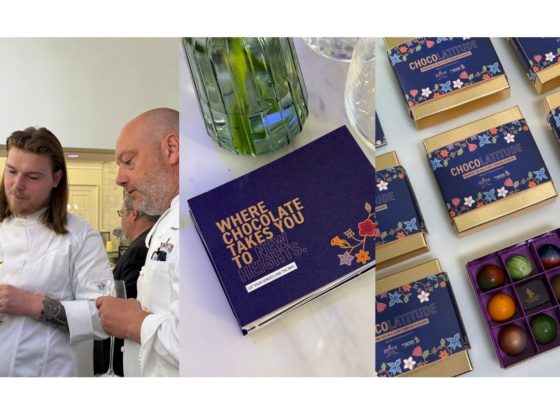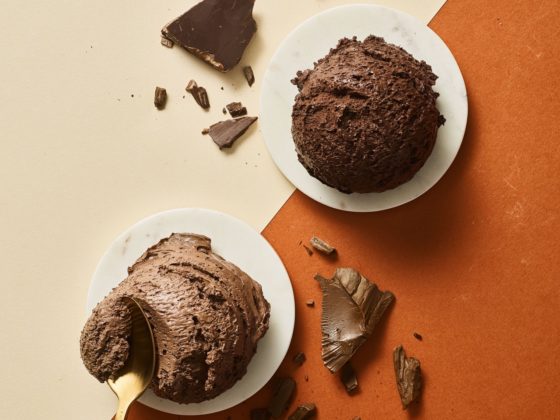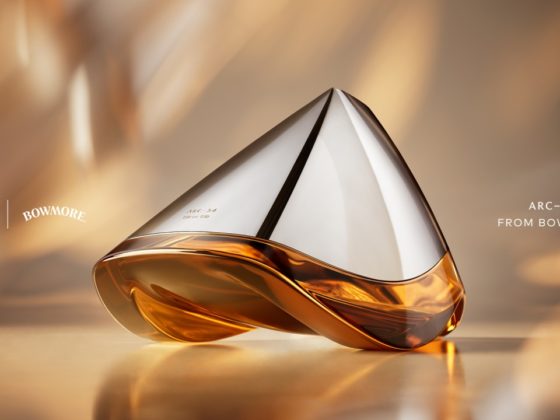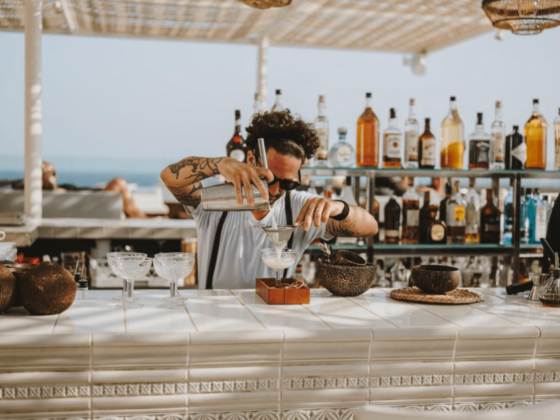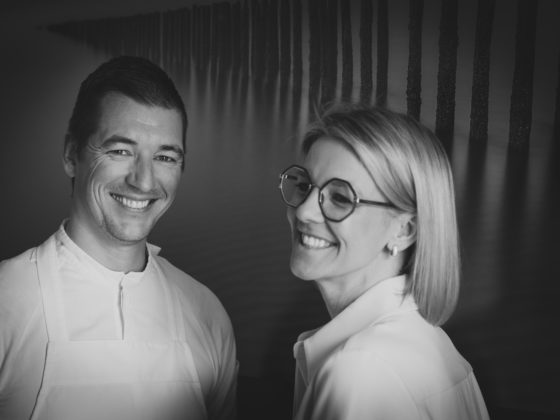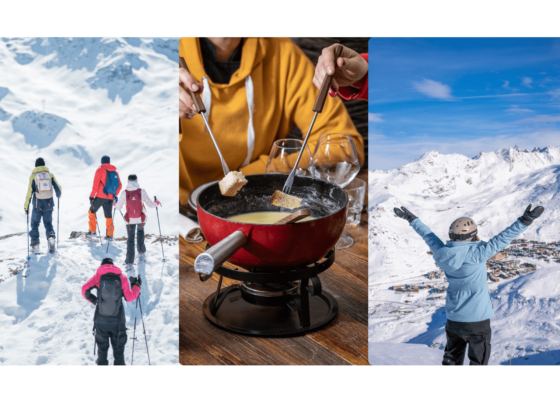Our wine specialist Jasper Van Papeghem is ex Best Sommelier of Belgium 2017-2018 and former sommelier of two-star restaurant De Jonkman in Bruges. Each month, he brings his own unique perspective on the world of wine. And he gives insight into his notebook with 'coup de coeurs'.

I am happy to admit it: asparagus is my culinary sin. Every year I eagerly look forward to the asparagus season and my mouth starts watering at all the possible asparagus preparations and the different variations that the (amateur) cooks come up with. And: I am not alone!
The oldest depictions of asparagus consumption date back to almost 3000 years before Christ on the pyramid of Sakkara in Egypt. The ancient Romans and Greeks were also fond of this delicacy and ascribed all kinds of medicinal properties to it, perhaps the most important of which was its aphrodisiac qualities (probably more due to its shape than really its ingredients, but still…). Cato wrote a handbook on growing asparagus, and legend has it that Cleopatra seduced Julius Caesar with a plate of asparagus.
The evolution towards a luxury product
After the fall of the Roman Empire, the vegetable unfortunately disappeared into oblivion, but was still being eagerly cultivated and consumed in the Middle East. It was the Spaniards who, at the end of the 17th century, reintroduced the cultivation of asparagus to Western Europe. The asparagus soon became popular again and was served as a luxury delicacy at the finest tables. The chauvinistic French had some difficulty in accepting that the finest and best asparagus came from Flanders (the white asparagus was supposedly invented in Kalfort), but they solved this problem easily: ‘les asperges de Calfort’began to be a household word in French gastronomic cuisine.
Green asparagus is grown almost everywhere in the world, but thewhite asparagus (which is stored and never sees sunlight) is a real Belgian specialty. But what makes the white asparagus so special? Gastronomically speaking, the answer is very simple: its unbelievable versatility. It is the chameleon among vegetables! There are not many vegetables that are as delicious grilled, steamed, boiled, fried, served in soups … as delicious as the asparagus. There are even creative chefs who have turned white asparagus into ice cream.
THE ONLY LIMITATION OF THIS WHITE GOLD IS THE COOK’S EXPRESSION AND CREATIVITY.
Before we start looking for the ideal asparagus pairing, let’s have a look at the flavour profile of (white) asparagus. On the one hand, there is always a bittersweet component which remains in all preparations and, on the other hand, a earthy touch which reminds a bit of mushroom. The earthiness lends character while the bittersweet (or sweetly bitter) component provides amouthfilling character and gastronomic quality. The structure of the asparagus naturally changes depending on the preparation but the beautiful fibrous structure (which gives a pleasant mouthfeel) should always be preserved. When cooking asparagus, I think you should always make sure you preserve these basic qualities. For example, in the classic asparagus à la flamande, the butter and eggs enhance the plumpness, while grilled asparagus emphasises the earthy flavour. In gastronomic preparations you will often find that earthy, plump and slightly salty touch which lifts the asparagus to a higher level.
pairing 1: Malines asparagus “beurre monté” with lobster & morels by chef Glenn Verhasselt of Sir Kwinten – Sint-kwintens-Lennik
Supplies for 2 people:
- 1 lobster (± 650 gr)
- 4 pieces of white asparagus AA
- 150 gr fresh morel mushrooms
- 20 gr cognac
- 100 gr cream
- 50 gr white wine
- 1 l court-bouillon
- 75 gr butter
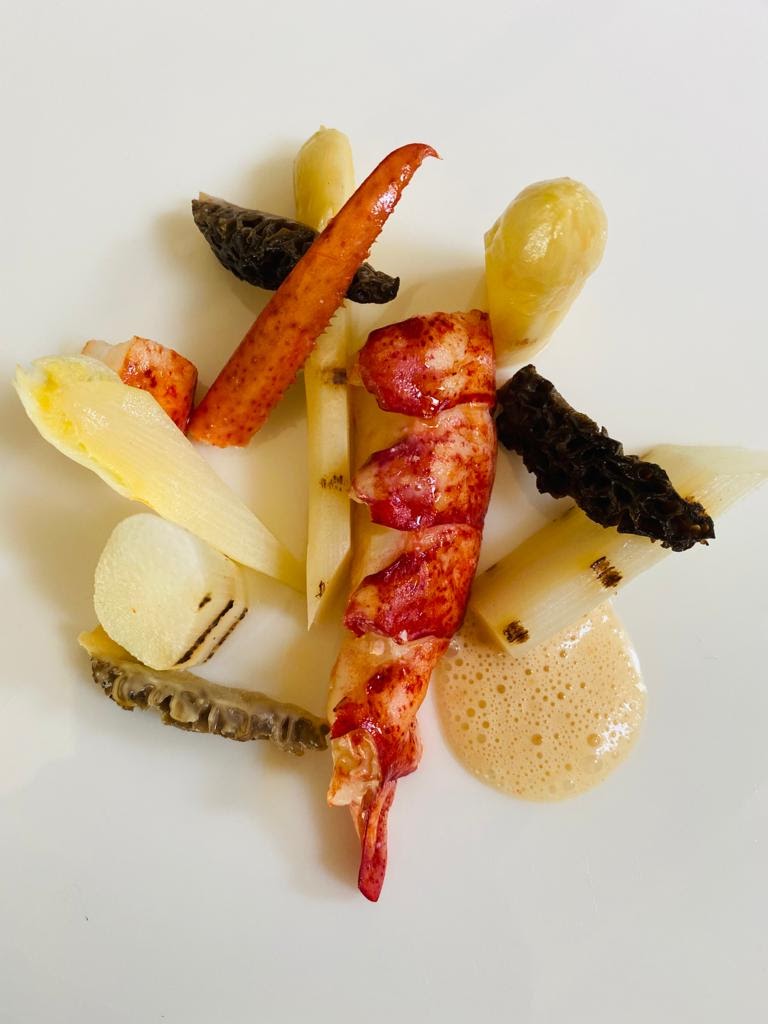
Preparation:
- Lobster : Cook the lobster in the court-bouillon for 6 minutes. Then unpeel the lobster. Place the lobster in some butter at a temperature of ± 50°C.
- Asparagus : Peel the asparagus and cook until al dente. Grill briefly for extra flavour.
- Morels : Wash the morels carefully, taking care not to leave them in water too long. Fry in hazelnut butter.
- Juice : Blend the heads of the lobster finely, leave them to dry in an oven at 100°C for one hour. Then fry in some butter with the morel mushrooms and asparagus. Deglaze with white wine and cognac. Allow to reduce for a moment and then add the cream. Pass it all. Finish with hard butter.
- Finishing : Naple the lobster with some beurre monté. Arrange the tail centrally, with the scissor parts alongside. Arrange the asparagus and morels randomly. Finish off with the frothy beurre monté.

Chef Glenn Verhasselt of Sir Kwinten* clearly wants to let the asparagus shine here in all its simplicity with a pure preparation and only two extra components. How do we proceed here as sommelier / wine lover? Let’s first briefly dissect the dish itself: the lobster poached in broth has here mainly asalty/sweet character with a firm texture through the meat and slightly filmy through the broth. The morel mushrooms were baked in hazelnut butter which also gives aslightly filmy mouthfeel with a nice earthy touch which we also find in the asparagus, which was grilled briefly before serving.
This is pure simplicity in all its strength but what do we serve with it? I choose wines which do not dominate the dish but rather support it. I would counteract the plumpness of the asparagus, butter and lobster with a wine with sufficient acidity but also a pearl. The pearlification ensures that our mouth is constantly rinsed and searches for new flavour components in the dish and works here as a kind of reset button. We could go for the usual suspect (champagne, cava) but I consciously choose a Belgian alternative. Sir Kwinten has been nationally renowned for his unique, brilliant sommelier for years: Yanick Dehandschutter (Best Sommelier of Belgium). Since 2016, the Dehandschutter family has also owned its own wine estate, Dappersveld, where gourmet wines are made in the most natural way possible and have already found their way onto this country’s better wine lists.
My personal favourites with this preparation are the pinot gris and Bruut Rosé.
The Pinot Gris has had a fairly long maceration of the skin, which gives it the colour of an orange wine, but with a slightly more refined character. The vegetable in the asparagus comes to the fore: earthy with spicy notes. It’s the wine that highlights the whole dish: the lobster is beautifully supported in its salty-sweet character and the zest maceration gives an extra accent to the morels that makes the whole thing melt together.

The Bruut rosé is brilliant in its supporting character, the wine clearly plays second fiddle here but lets the dish steal the show. Especially the very fine pearl and the slightly smoky character is to be appreciated here.

Asparagus and red wine are often not a good match but pinot noir is often the right choice. The pinot noir of Dappersveld has in the nose some sultry herbs and a clearly noticeablewood but in the mouth still very soft with fine tannins and a fine acidity that makes the whole very juicy. It is mainly the earthy character of this wine that highlights morels and goes wonderfully well with the slightly stronger structure of the lobster. Preferably cool this wine a little bit to emphasize the acidity and the fruit.

Although the wine doesn’t really go with this preparation, I’d like to make a brief case for their Vineous. It combines two of my favourite drinks: geuze and wine. In short, it comes down to the fact that before the second fermentation lambic (of the world-famous 3 fountains) is added, which makes for a unique taste experience. It is ideal with summer salads or as an aperitif.

The wines of Dappersveld are available from: Webshop Dappersveld
Do you think this article tastes like more? There will soon be a sequel with delicious asparagus dishes, in cooperation with restaurant ‘La Dotta’. If you can’t wait, you can find more inspiration in our section PureFood. Thanks for reading and see you soon!
Do you want to discover more delicious drinks? Visit our PureFood page

